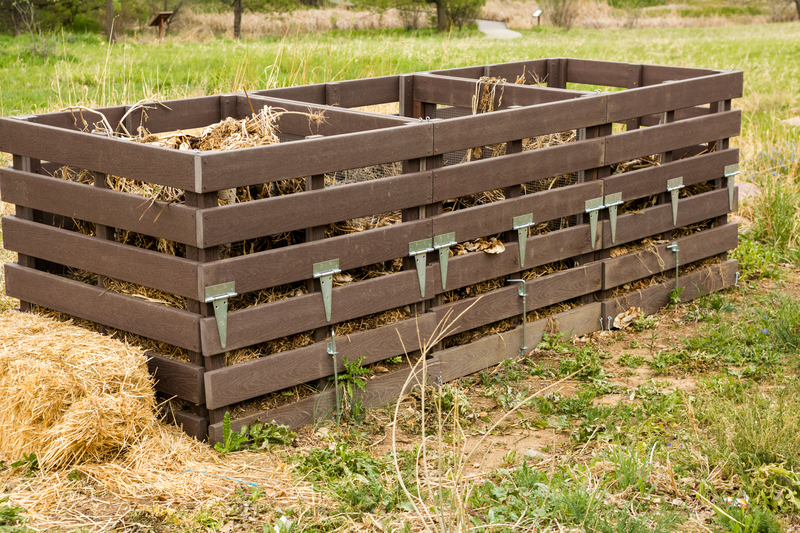
Best Practices to Reduce Waste in Manufacturing
In today's dynamic and environmentally conscious marketplace, reducing waste in manufacturing has become a top priority for businesses worldwide. Not only does it contribute to sustainable practices, but it also lowers costs and improves efficiency. This comprehensive guide provides a detailed look into the best practices that manufacturers can employ to minimize waste effectively.
Understanding Waste in Manufacturing
Manufacturing waste refers to all materials and by-products that are not part of the final product. Waste can arise from numerous sources, including overproduction, defects, inventory excess, and unused time. It's crucial to identify where waste occurs before implementing measures to reduce it.
Types of Manufacturing Waste
- Overproduction: Producing more than required.
- Defects: Faulty products that require rework or become scrap.
- Excess Inventory: Holding more raw materials or products than demand justifies.
- Motion: Unnecessary movements by people or machines.
- Waiting: Idle time waiting for the next production step.
- Transportation: Unneeded movement of materials and products.
- Overprocessing: Doing more work than necessary.
Implementing a Lean Manufacturing Approach
Lean manufacturing is a methodology focused on minimizing waste within manufacturing systems while simultaneously maximizing productivity. It is a holistic approach that integrates various techniques to streamline processes:
The 5S System
- Sort: Categorize items and eliminate those not in use.
- Set in Order: Organize necessary items for easy access.
- Shine: Clean workspaces regularly to maintain standards.
- Standardize: Implement consistent processes across the board.
- Sustain: Ensure that lean practices become habits.
Just-In-Time (JIT) Production
JIT is a strategy that aligns production with demand. The goal is to improve a business's return on investment by reducing inventory amounts, freeing up space, and ensuring that products are only produced when there is an immediate need. Implementing JIT can significantly reduce holding costs and eliminate excess inventory.
Investing in Advanced Technologies
Incorporating technology is pivotal in waste reduction in manufacturing. By investing in advanced technologies, manufacturers can streamline operations, enhance product quality, and reduce material wastage.
Automation and Robotics
Automation and robotics can improve precision in manufacturing, ensuring consistency in quality and reducing human error, which is a significant contributor to defects and rework.
Utilizing IoT and Data Analytics
The Internet of Things (IoT) and data analytics allow for real-time monitoring and analysis of operations. This technology can identify inefficiencies and predict maintenance needs, significantly reducing downtime and material waste.
Prioritizing Sustainable Materials
The selection of materials plays a crucial role in waste management. Opt for sustainable materials that are biodegradable, recyclable, or derived from renewable sources.
Recycling and Reusing Materials
Establish a system for recycling scrap and reusing materials in your production process. Assess the feasibility of returning scrap to suppliers or utilizing it for new products.
Substituting Raw Materials
Investigate alternative materials that are designed to be more efficient and result in less waste. Bio-based plastics or recycled metals are examples whereby the ecological footprint can be minimized.
Employee Engagement and Training
Employees are the backbone of any manufacturing operation. By engaging and training them, you can foster a culture that prioritizes efficiency and waste reduction.
Regular Training Sessions
Conduct training sessions focusing on best practices for waste reduction, emphasizing the importance of vigilance in identifying waste and offering actionable strategies to mitigate it.
Incentive Programs
Consider implementing incentive programs that reward employees for innovative ideas leading to waste reduction or for meeting waste reduction targets.
Optimizing Process Flows
Improving process flows is a direct way to enhance efficiency and reduce waste. Evaluate production lines and eliminate unnecessary steps to streamline operations.
Value Stream Mapping
Use value stream mapping to visually represent the flow of materials and information. Identify bottlenecks or non-value-adding processes and aim to optimize these areas.
Waste Reduction: A Strategic Focus
The goal of waste reduction in manufacturing is not only environmental but also about achieving cost efficiency and operational effectiveness. Through conscious efforts and strategic implementations, manufacturers can significantly curb waste production. Addressing this challenge head-on with the best practices mentioned will not only contribute to a healthier planet but also favorably impact the bottom line.
By taking a planned approach towards waste management, companies can ensure sustainability, optimize resources, and ultimately create a competitive edge in the market.
These best practices are an investment in both the present and future of manufacturing, ensuring that businesses not only survive but thrive as leaders in sustainable manufacturing.
